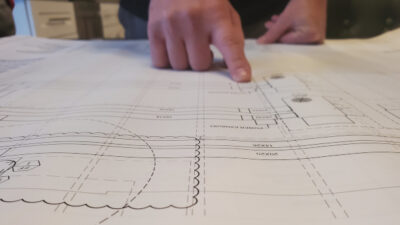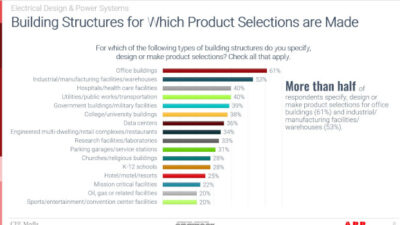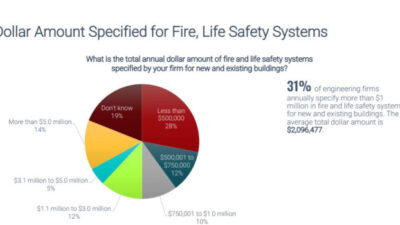The 19th Meeting of the Parties to the Montreal Protocol, held in Montreal Sept. 17-21, concluded with an historic agreement to accelerate by 10 years the phase-out date of new manufacturing equipment using HCFCs in developing countries, according to the Air-Conditioning and Refrigeration Institute.
The Air-Conditioning and Refrigeration Institute , Arlington, Va., reported that the 19th Meeting of the Parties to the Montreal Protocol (MOP-19) on substances that deplete the ozone layer,
The agreement reached on Sept. 21 requires developed countries (Article 2) to reduce their consumption and production of HCFCs by 75% in 2010, 90% in 2015, and 99.5% in 2020, while allowing 0.5% for servicing the period 2020-2030.
In 1987, the Montreal Protocol established requirements that began the worldwide phase-out of ozone-depleting chemicals. Under the new agreement, developing countries (Article 5) will now phase out all new equipment using HCFCs by 2030, (instead of 2040, the previous deadline) with reduction steps of 10% by 2015, 35% by 2020, and 67.5% by 2025.
In addition, Article 5 countries agreed to choose as the baseline the average of the 2009 and 2010 levels of consumption and production. Those countries also agreed to freeze consumption and production in 2013 at the baseline level. Parties also agreed to replenish the Multilateral Fund to enable Article 5 countries to comply with the accelerated phase-out schedule.



